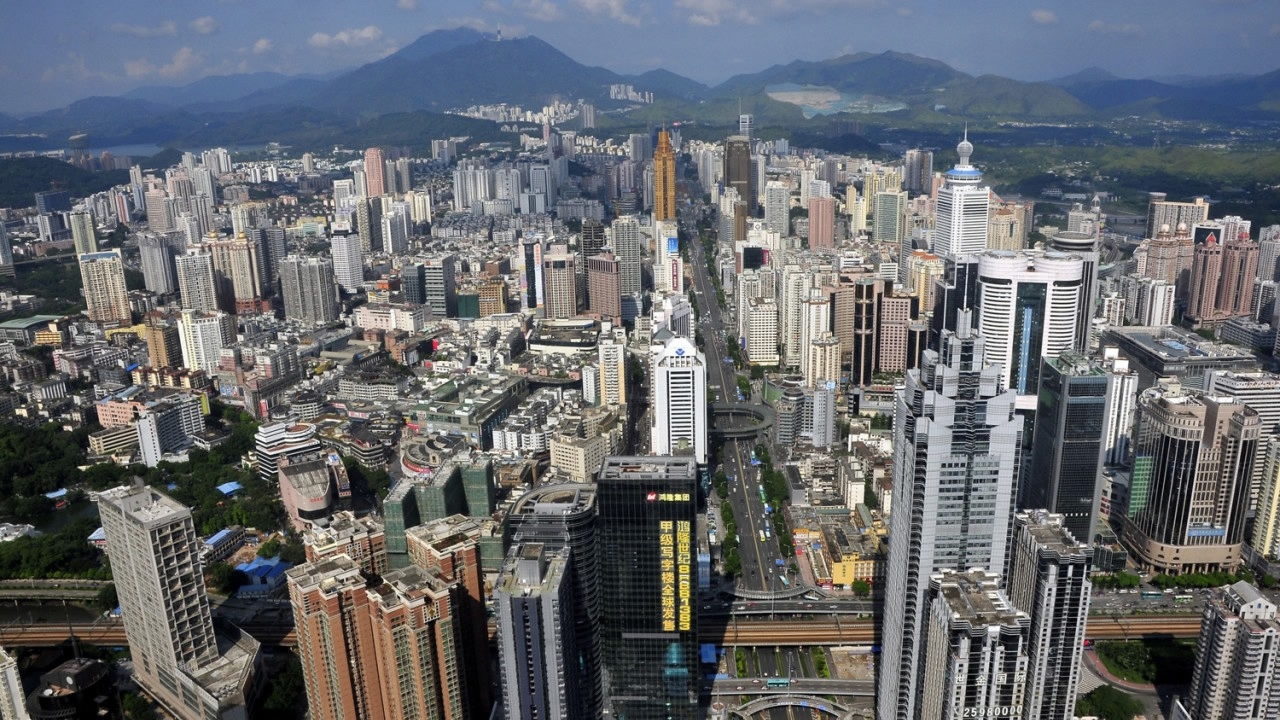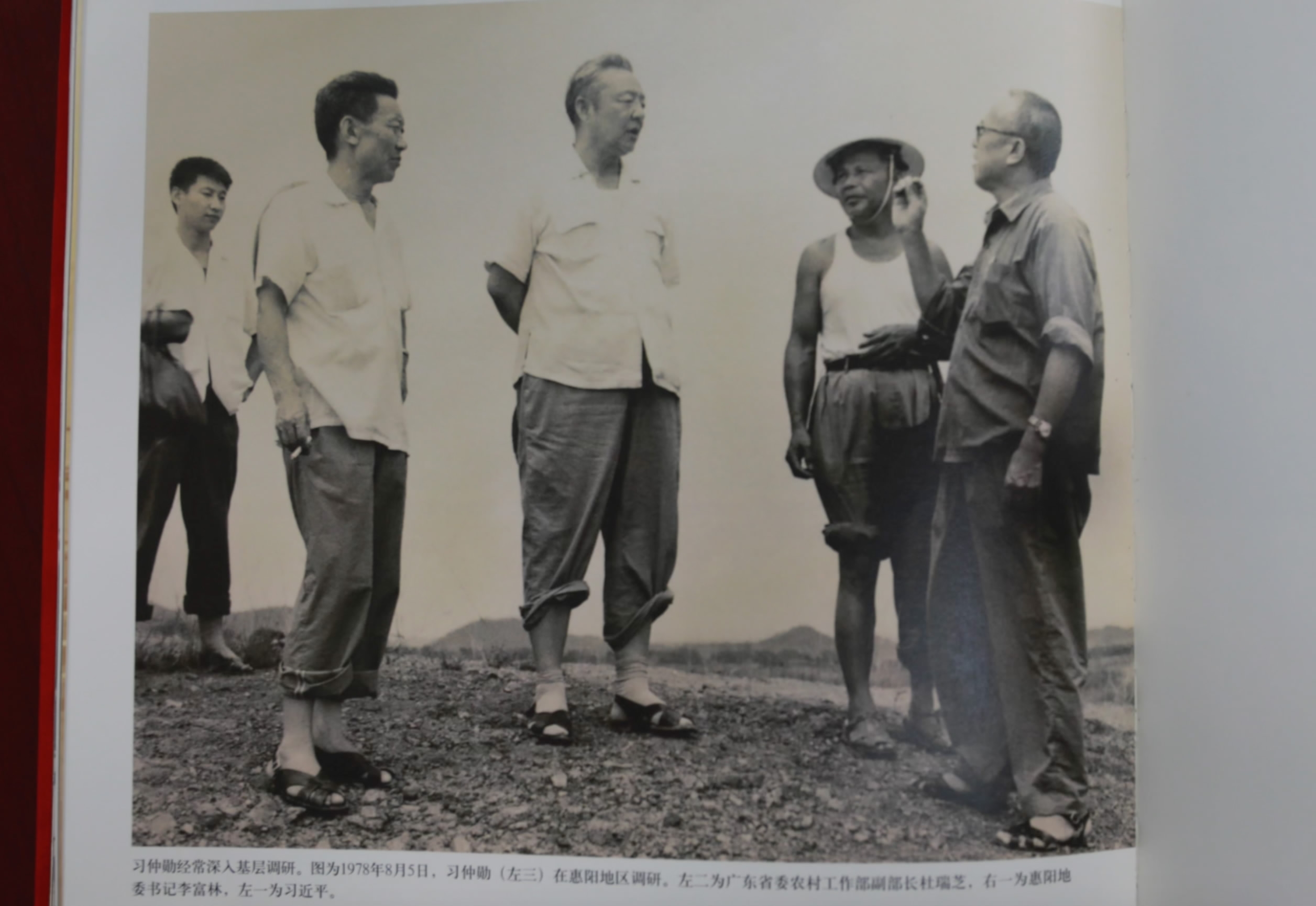
Business
14:43, 18-Mar-2018
The miracle of Shenzhen: The people and the city
CGTN's Ge Yunfei

Shenzhen has been called the brightest star in China’s reform and opening up. In just four decades, it’s transformed from a poor fishing village to being a magnet for talent from across the nation.
Nanling, is a fully urbanized village located in the city. Seventy-three-year-old Zhang Weiji is one of the most recognized faces in town, known as one of the figures who pioneered changes on the ground level prior to China’s reform and opening up in 1978.

Zhang Weiji, former chief of Naling Village./ CGTN Photo.
Zhang Weiji, former chief of Naling Village./ CGTN Photo.
Zhang recalls that, extreme poverty was rife in the village, leading many villagers to flee to Hong Kong to make a living.
“At that time, we were so poor. Apart from the elderly and the children, almost all the people in the village here tried to flee to Hong Kong. On the night of May 6, 1979, over 200 villagers tried to escape, including my wife. I jumped on a tractor, rushed to the border and tried to convince them to stay. But some even said they’d rather die than stay. That really hurt a lot.
It’s estimated that over 600,000 people on the Chinese mainland fled to Hong Kong from 1956 to 1980.
In 1978, Chinese President Xi Jinping’s father, Xi Zhongxun became secretary of the Communist Party of China (CPC) Provincial Committee in Guangdong. He faced the major task of stopping the exodus.

Xi Zhongxun (third from left) in Guangdong in 1978. Xi Jinping (first from left)./ CGTN Photo
Xi Zhongxun (third from left) in Guangdong in 1978. Xi Jinping (first from left)./ CGTN Photo
Zhang Weiji still remembers the details of Xi Zhongxun’s first visit to his village. “It was May when he passed by our village. Seeing how expanses of farmland had fallen into disuse, he was very sad but he told us that it was not our fault. Xi Zhongxun said the authorities should reflect and take blame for not improving the people’s livelihood.”
At the end of 1978, China announced its reform and opening up policy. Two years later in 1980, the Shenzhen Special Economic Zone was established.
Two factories were opened in the village of Nanling, and in just a few years, each villager could earn more than 8,300 yuan annually – an astonishing 80-fold increase compared to before. But a new concern emerged. As people’s lives improved, there was a growing concern about whether the good days would last, said Zhang.
“In 1987, Xi Zhongxun came back to our village. Everyone here was worried if the reform and opening up would continue. So I posed the question before him. Xi Zhongxun said if the policy changed, it only would become better.”
Just as Xi promised, China’s further continued its reform and opening up. Now Shenzhen has become one of China’s top four cities and the country’s tech hub. Instead of fleeing, people are flocking in.
Lin Li, 26, grew up in the city. Last year, she returned from New York to join Makeblock, a global leading robotics education start-up in Shenzhen. She said she enjoyed the dynamic working atmosphere.

Lin Li, a new Shenzhener said she loved the spirit of Shenzhen./ CGTN Photo.
Lin Li, a new Shenzhener said she loved the spirit of Shenzhen./ CGTN Photo.
“My colleagues here are from all over the country and the world. The average age of the staff here is only around 25 years old. We are young and energetic and dare to dream and act for our future."
Lin’s parents came to Shenzhen in the 1980s. And as the second generation of the so-called “New Shenzheners,” Lin feels it’s the special Shenzhen spirit that's helping her move forward.
“Shenzhen is not only my hometown but also a city for dreamers. Lots of people come here to pursue the Shenzhen speed and strive for their dreams. Entrepreneurship is deeply rooted in the spirit of Shenzhen. I also want to start something of my own in the future.”

SITEMAP
Copyright © 2018 CGTN. Beijing ICP prepared NO.16065310-3
Copyright © 2018 CGTN. Beijing ICP prepared NO.16065310-3